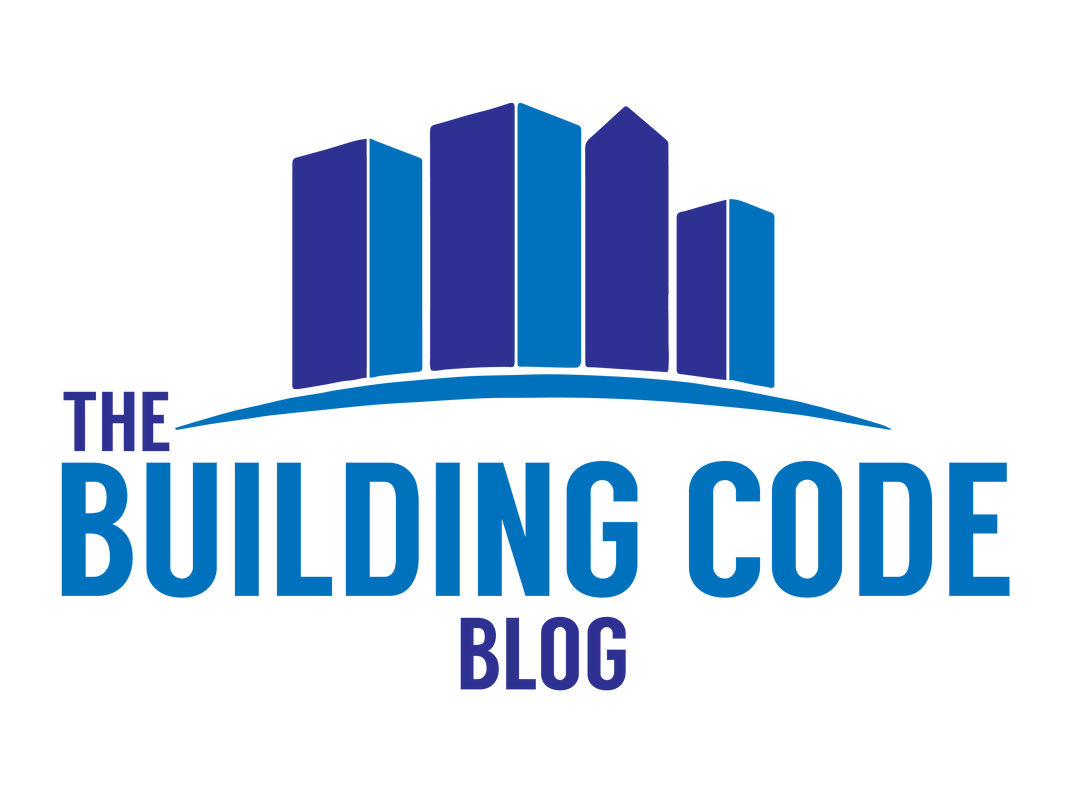|
If you have designed a building of Type II, III, IV or V construction, you probably considered the allowable building area, which depends on the construction type, occupancy classifications, presence of fire sprinkler systems, and a few other criteria.
One common way to increase the allowable area for a building is to use a frontage increase. The frontage increase provision in the IBC, found in Section 506.3, recognizes the safety benefits of having open space directly adjacent to a building. When a fire department or other emergency responders arrive to a site, there is an increased level of effectiveness when those personnel can access a large portion of the building exterior.
10 Comments
NFPA 285 is the “Standard Fire Test Method for Evaluation of Fire Propagation Characteristics of Exterior Wall Assemblies Containing Combustible Components.” How’s that for a title? Despite the lengthy name, the goal of the test is quite simple – to understand how fire will spread on an exterior wall. In this article, we’ll briefly review the history of NFPA 285, discuss the criteria for the rest, and then review when compliance with NFPA 285 is required in the IBC.
|
Categories
All
Sign up to receive Building Code Blog UpdatesArchives
July 2024
|
The Building Code Blog
- Home
- Blog
- About
-
Tools
- Allowable Height & Area Calculator - Non-Separated Mixed Occupancy
- Allowable Height & Area Calculator - Separated Mixed Occupancy
- Average Grade Plane Calculator
- Calculated Fire Resistance for Wood Walls
- Fire and Smoke Damper Tool
- Fire Wall/Exterior Wall Intersection Tool
- Frontage Calculator
- IBC Occupant Load Calculator
- Plumbing Fixture Calculator
- Stair Pressurization Estimator
HomeAboutBlogContact |
Copyright © 2019-2024 The Building Code Blog
The views, opinions, and information found on this site represent solely the author and do not represent the opinions of any other party, including the author's employer and the International Code Council, nor does the presented material assume responsibility for its use. Local codes and amendments may vary from the code requirements described herein. Fire protection and life safety systems constitute a critical component of public health, safety and welfare and you should consult with a licensed professional for proper design and code compliance.
|
 RSS Feed
RSS Feed
